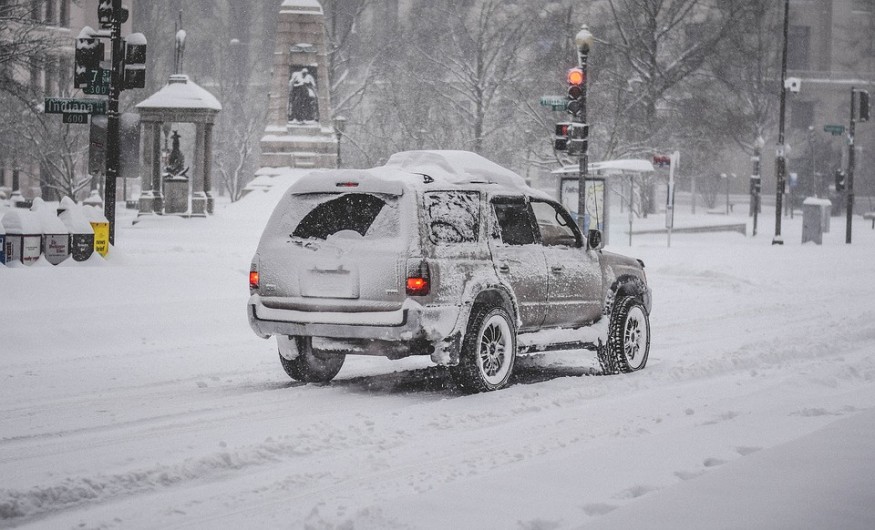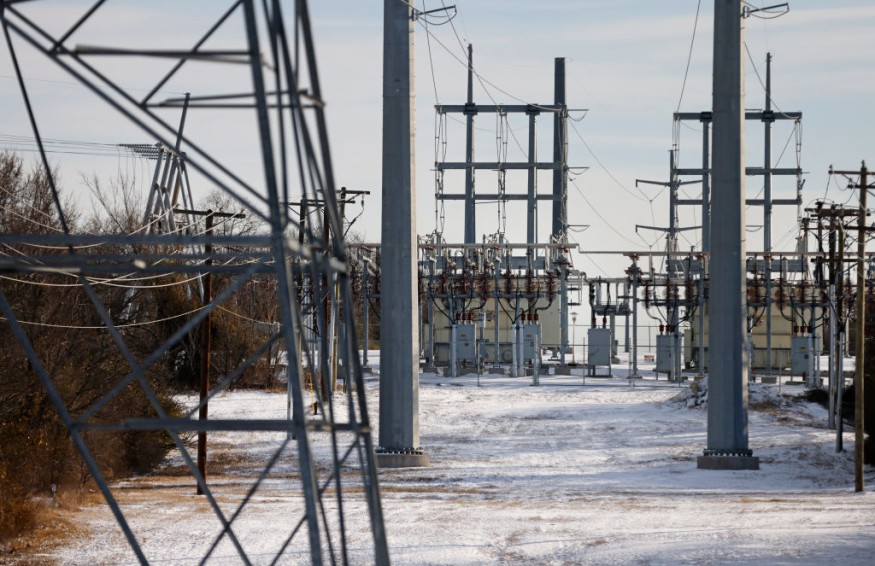A meteorological phenomenon anticipated to exacerbate Asia's energy dilemma is on the horizon, bringing with it harsher winters.
The La Niña pattern has evolved in the Pacific Ocean, which occurs when equatorial trade winds intensify, bringing colder, deep water up from the ocean's depths. This usually means colder-than-normal temperatures in the northern hemisphere, prompting regional weather forecasters to issue winter weather warnings.
Rising Utility Prices

Several countries are dealing with rising fuel prices and electricity shortages or restrictions on heavy industrial supplies. Coal and gas costs are already high, and a harsh winter will boost heating demand, likely leading to more hikes.
"We predict temperatures in northern Asia to be colder than typical this winter," said Renny Vandewege, vice president of meteorological operations at data supplier DTN. "A vital component in predicting how much energy demand would be required is weather forecast data."
Inter in Japan
According to the Japan Meteorological Agency, which had previously predicted a 60% possibility of a La Niña throughout the autumn-winter season, temperatures in Japan would be lower than average next month. After last year's extreme frost, which saw wholesale power costs skyrocket, the country, comparatively sheltered from the energy crisis, is keeping a close eye on things.
Last winter, utility firms were caught short on fuel, requiring them to purchase expensive, liquefied natural gas cargoes. To prepare for the winter months, the trade ministry has already met with key power, gas, and oil companies, and LNG inventories held by Japan's top energy suppliers are presently approximately 24% more than the four-year average.
Cold Weather in Korea
According to the country's meteorological service, South Korea will see colder weather in the first half of winter and will also be affected by the impacts of La Niña. During an abnormally frigid October, the country received its first snowfall of the season 15 days earlier than the previous year.
The country's administration is already taking initiatives to increase gasoline supplies and reduce the impact of rising costs. For example, Vice-Finance Minister Lee Log-weon said that fuel taxes and LNG import tariffs would be temporarily reduced.
Frigid Conditions in India
Temperatures in certain northern parts of India are likely to drop to as low as 3 degrees Celsius (37 degrees Fahrenheit) in January and February before rebounding. In contrast to other countries, cooler weather often results in decreased energy usage as demand for air conditioning decreases.
Most crucially, the nation anticipates a dry phase following the monsoon season's end. In recent months, flooding in key coal mining regions has caused a shortage of fuel required to generate over 70% of India's energy.
Other Contributing Factors

Besides La Niña episodes, other factors can influence the region's winter weather, according to Todd Crawford, director of meteorology at Atmospheric G2. For example, climate change has resulted in sea ice loss in the Arctic's Kara Sea, contributing to the region's high-pressure ridging. "Like what happened last winter," he continued, this causes downstream colder weather in northeast Asia.
According to Crawford, there are also signs that the polar vortex - a ring of winds that traps cold at the north - may be weaker than usual at the start of winter, allowing freezing air to pour south.
"Taking all of this into account, we believe the optimum window for extreme cold in northeast Asia this winter is late November to mid-January," he added. "We believe that is where the biggest risk is."
For more news about making the environment sustainable, don't forget to follow Nature World News!© 2025 NatureWorldNews.com All rights reserved. Do not reproduce without permission.





